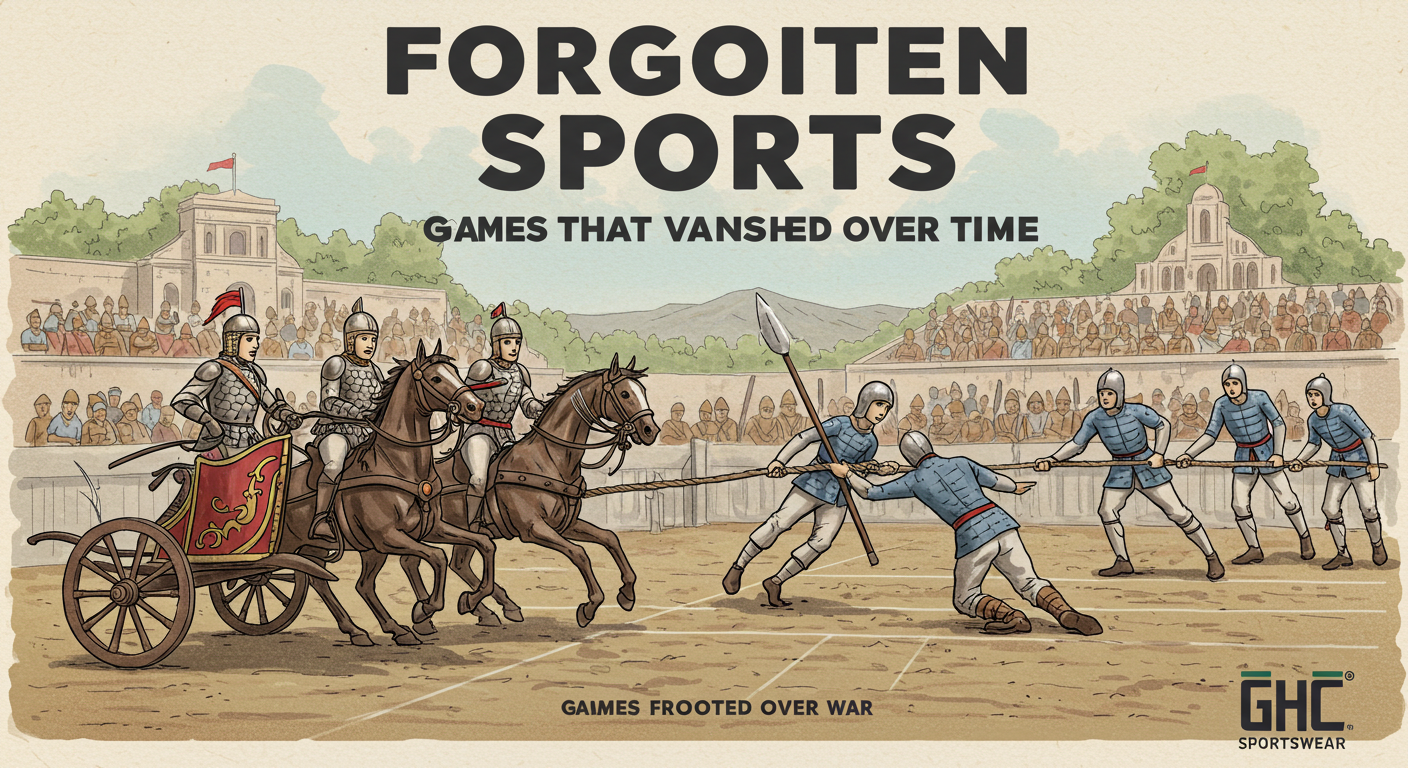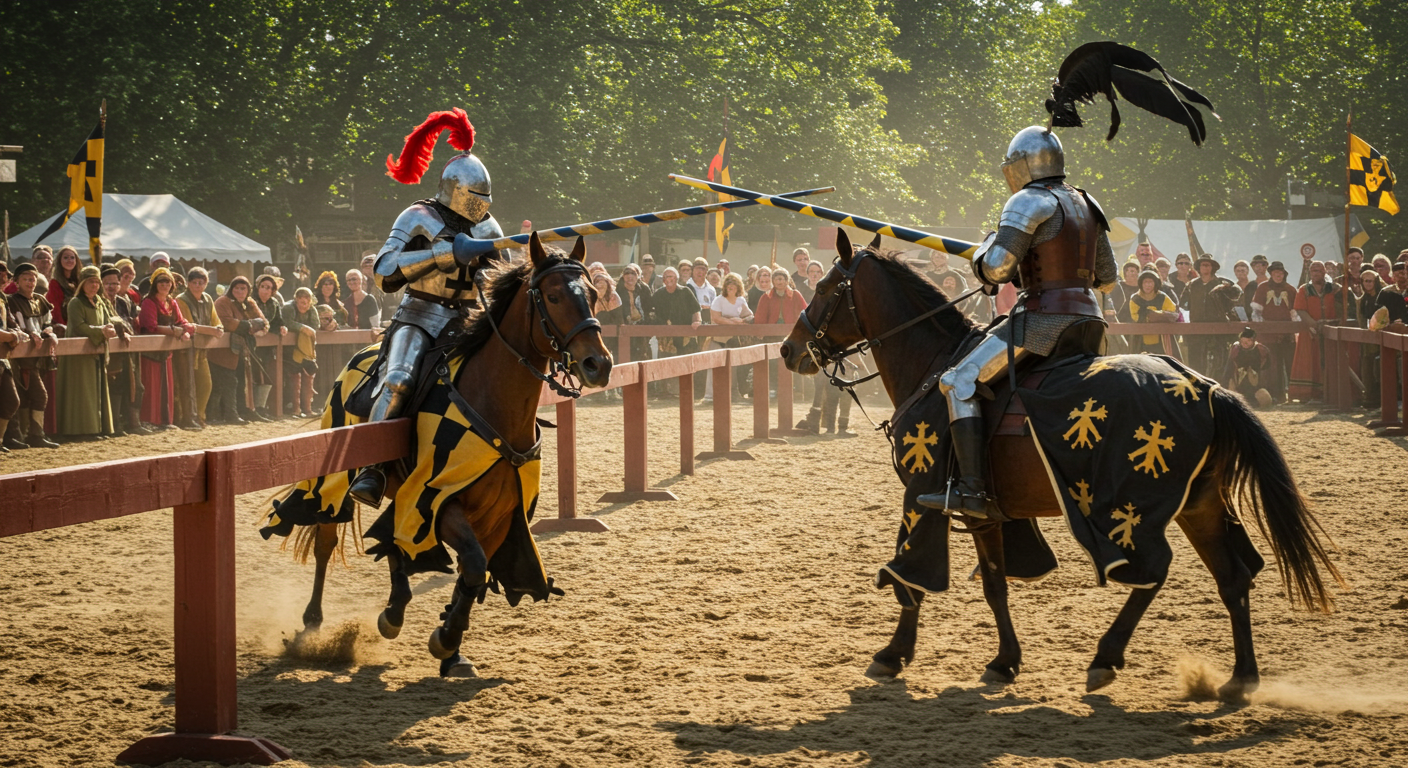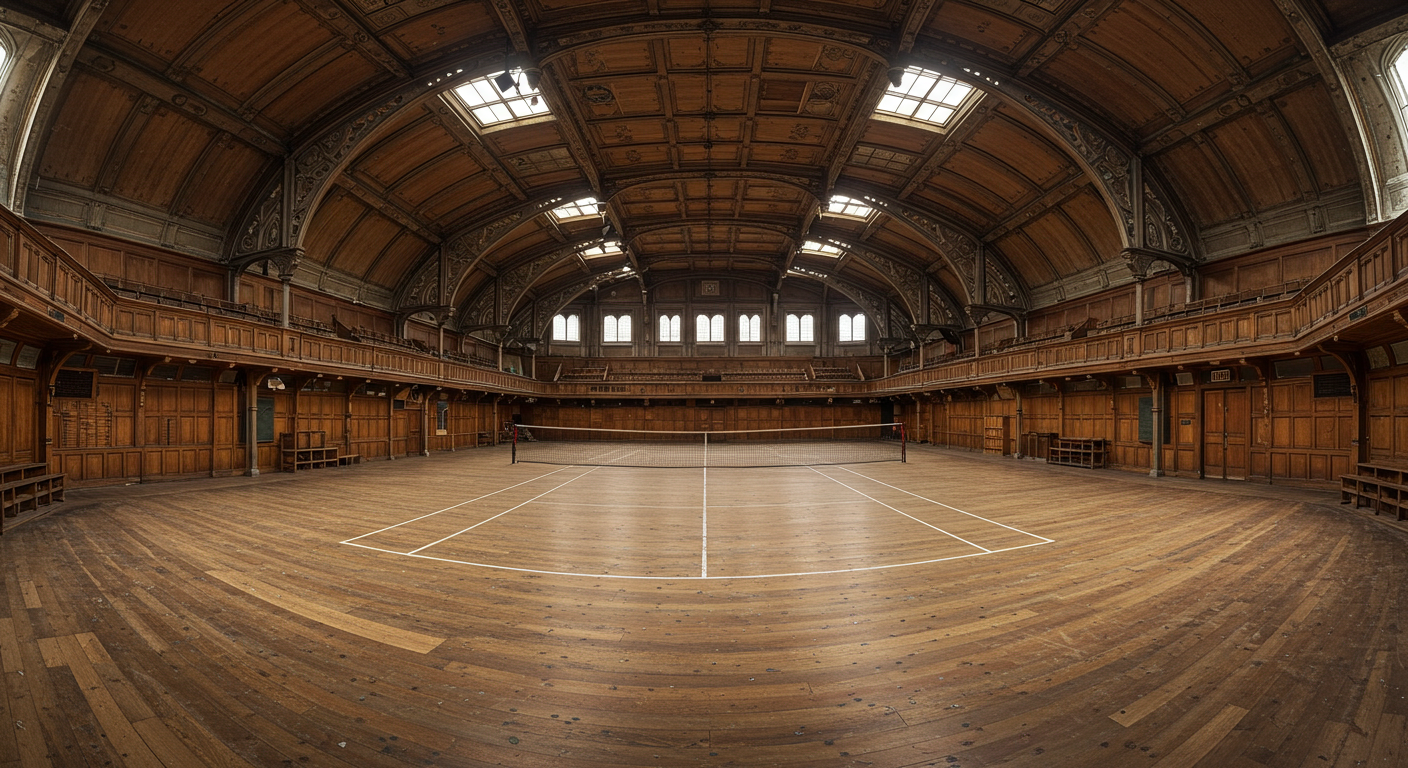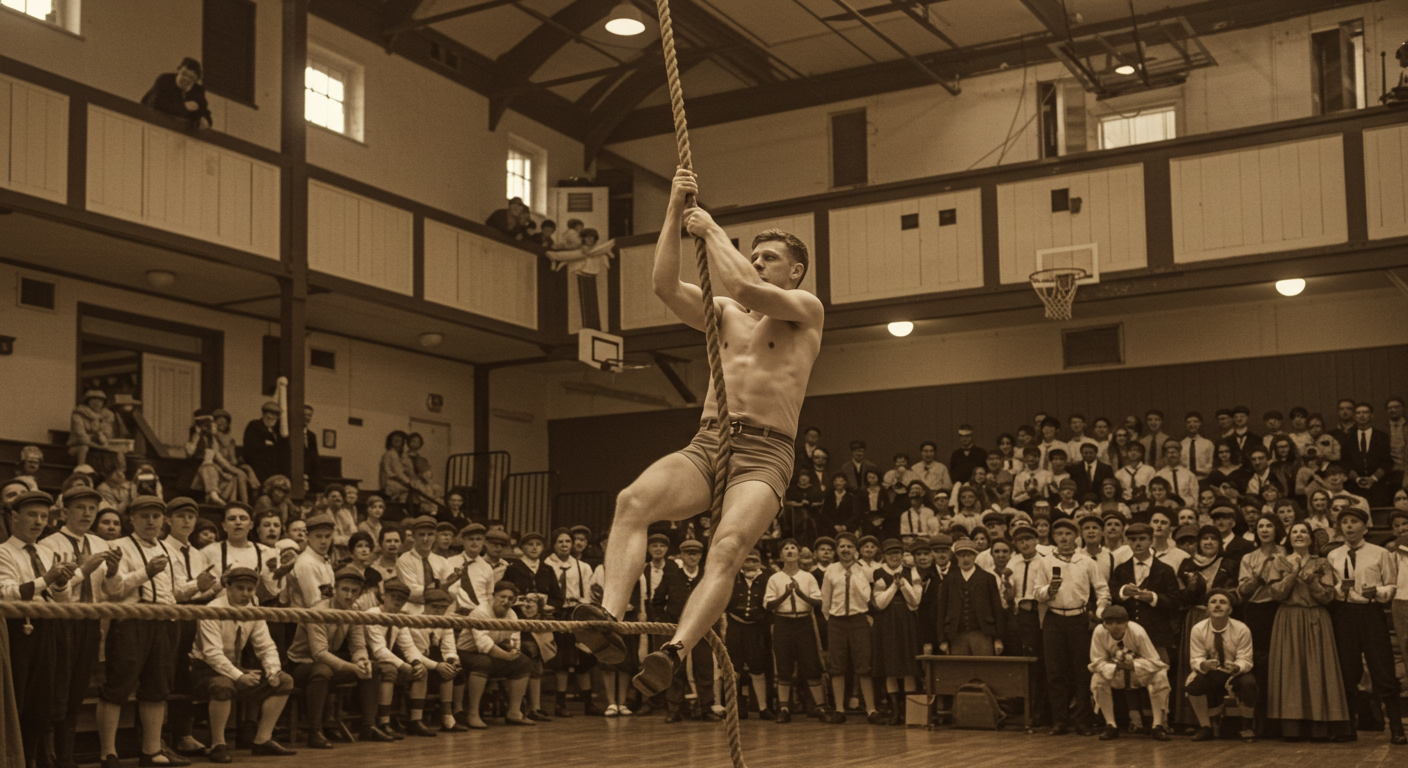
The world of sports is vast and ever-evolving, with new games emerging and old ones fading into obscurity. While some sports have stood the test of time, others have disappeared from the public eye, leaving behind only memories and historical accounts. These forgotten sports from history were once popular and widely played, yet they eventually vanished due to various reasons such as changes in society, technological advancements, or shifts in public interest. In this article, we will explore some of these fascinating games, the history behind them, and the reasons they disappeared from the sporting world.
Ancient Forgotten Sports from History
Chariot Racing: The Thrill of the Roman Empire

One of the most popular and dangerous sports of the ancient world was chariot racing, a spectacle that captivated audiences in the Roman Empire for centuries. Chariot races were held in large arenas, known as circuses, with the Circus Maximus in Rome being the most famous of them all. These races were not only a test of speed but also of skill and bravery, as charioteers had to navigate sharp turns at high speeds, often leading to dramatic crashes.
Why It Disappeared
Chariot racing began to decline with the fall of the Roman Empire in the 5th century. As the empire weakened, so did the funding and organization of such large-scale events. Additionally, with the rise of Christianity, many pagan traditions, including chariot racing, were discouraged or outright banned. The sport eventually disappeared, leaving only ruins of ancient circuses as a reminder of its former glory.
Medieval Competitions and Their Decline in History
Jousting: The Knight’s Ultimate Challenge

Jousting was the quintessential sport of the medieval knight, symbolizing the ideals of chivalry, honor, and martial prowess. This sport involved two knights charging at each other on horseback, aiming to unseat their opponent with a lance. Jousting tournaments were grand events, often held to celebrate royal occasions and attended by nobles and commoners alike.
Why It Disappeared
The decline of jousting coincided with the end of the medieval period and the rise of firearms and modern warfare in the 16th century. As the role of knights in battle diminished, so did the importance of their associated sports. Additionally, the dangerous nature of jousting, which often resulted in serious injury or death, led to its gradual disappearance from mainstream society.
Real Tennis: A Royal Pastime and a Forgotten Sport

Real tennis, also known as court tennis or royal tennis, is a sport that dates back to the 12th century. It was particularly popular among European nobility and was considered the “sport of kings.” Played indoors on a walled court, real tennis involves a complex set of rules and strategies, making it a highly skilled and challenging game.
Why It Disappeared
While real tennis never fully disappeared, it was largely overshadowed by the development of lawn tennis in the 19th century, which became more accessible to the general public. Lawn tennis, played on grass courts with simpler rules, quickly gained popularity, leading to the decline of real tennis. Today, real tennis is still played in a few locations around the world, but it remains a niche sport with a small following.
Modern Games That Lost Their Appeal
Basque Pelota: The Fastest Ball Game in History

Basque pelota is a traditional sport from the Basque Country, played with a ball that is hit against a wall using a hand, racket, or wooden bat. It has various forms, including jai alai, which is known for its speed and intensity. Jai alai, in particular, was once a popular betting sport in the United States and Latin America during the 20th century.
Why It Disappeared
The popularity of jai alai and other forms of Basque pelota declined in the late 20th century due to several factors. The rise of other sports, the closure of betting frontons (jai alai arenas), and the high costs of maintaining facilities contributed to its decline. Today, Basque pelota is mostly confined to its region of origin, with limited international exposure.
Pall Mall: A Predecessor to Croquet
Pall Mall was a popular lawn game in the 16th and 17th centuries, considered a precursor to croquet. The game involved hitting a ball through a series of hoops using a mallet, with the objective of driving the ball through the final hoop with as few strokes as possible. Pall Mall was often played by the aristocracy in gardens and specially designed alleys.
Why It Disappeared
Pall Mall gradually disappeared as croquet emerged as the more refined and organized version of the game in the 19th century. Croquet’s simpler rules and widespread appeal made it more popular, leading to the decline of Pall Mall. Today, Pall Mall is remembered primarily as a historical footnote in the evolution of lawn games.
Forgotten Olympic Sports in History
Tug-of-War: A Test of Strength from Olympic History

Tug-of-war, now commonly associated with school sports days and community events, was once an official Olympic sport. It was featured in the Olympics from 1900 to 1920, with teams of eight pulling against each other until one team crossed a designated line.
Why It Disappeared
Tug-of-war was removed from the Olympic program after 1920 due to the increasing focus on more standardized and globally popular sports. The IOC’s efforts to streamline the Olympic Games and reduce the number of events also contributed to its exclusion. Despite its disappearance from the Olympics, tug-of-war remains popular as a recreational activity around the world.
Rope Climbing: An Early Olympic Challenge

Rope climbing was part of the gymnastics events in the early modern Olympics, first appearing in the 1896 Athens Games. The sport required athletes to climb a vertical rope as quickly as possible, with speed and technique determining the winner.
Why It Disappeared
Rope climbing was removed from the Olympics after 1932, as it was considered less exciting compared to other gymnastic events. The sport’s decline in popularity and its limited appeal as a spectator event led to its eventual exclusion from the Olympic program. Today, rope climbing is still practiced in some gymnastic and fitness circles but is largely a forgotten sport from Olympic history.
Conclusion
The history of sports is filled with games that once captivated audiences but have since disappeared from mainstream culture. These forgotten sports from history, such as chariot racing, jousting, Basque pelota, and tug-of-war, were once integral parts of their respective societies but faded away due to changes in technology, social norms, and the evolution of modern sports. While these games may no longer be played widely, they offer fascinating insights into the cultures and values of the past. As we look back on these lost sports, we can appreciate the rich and diverse history of human athletic endeavors and the ever-changing nature of what we consider to be sport.
